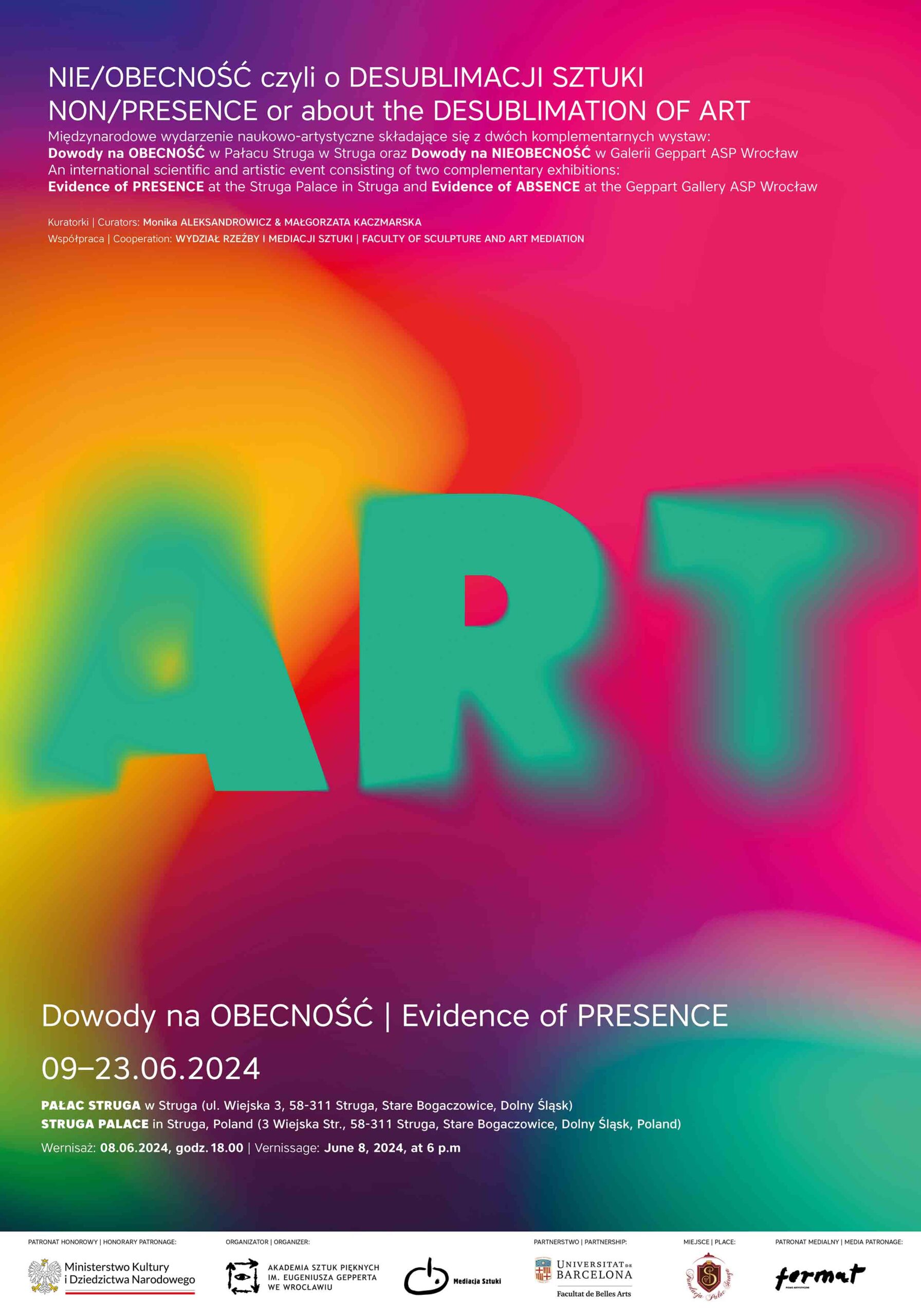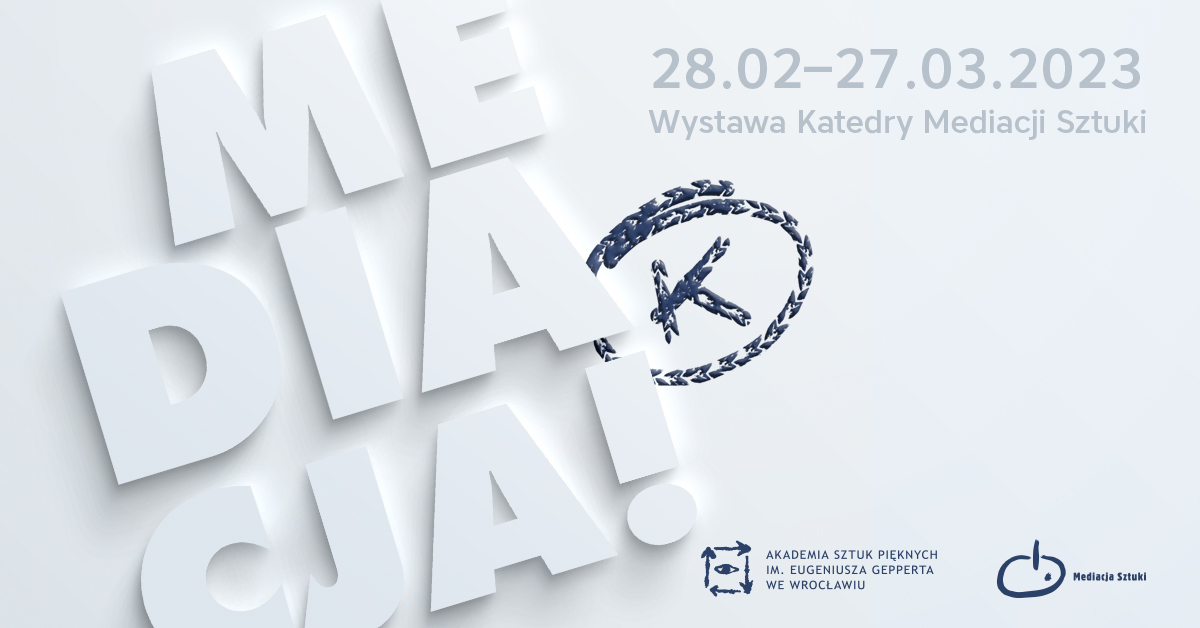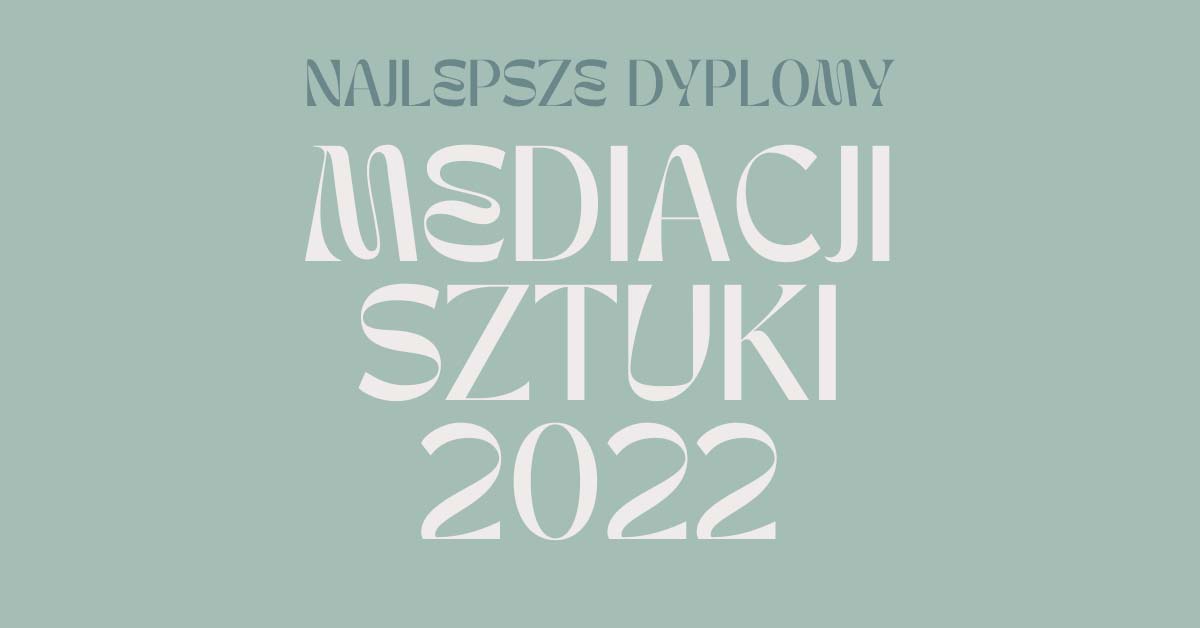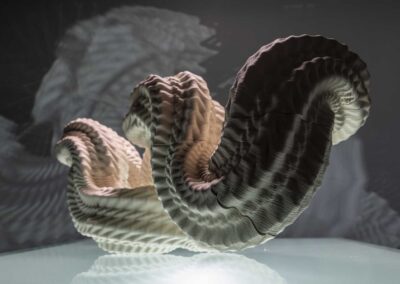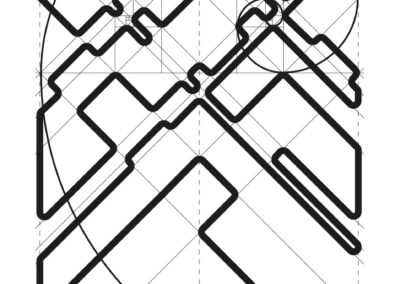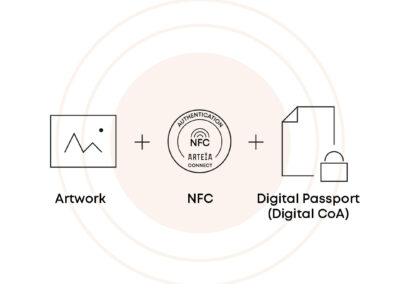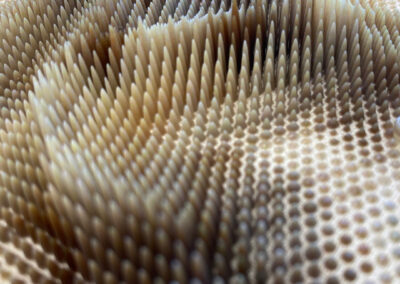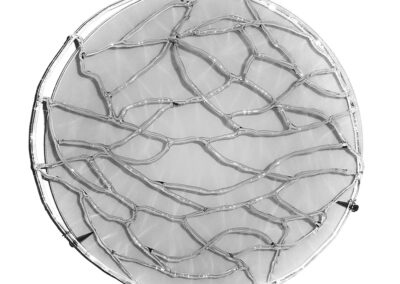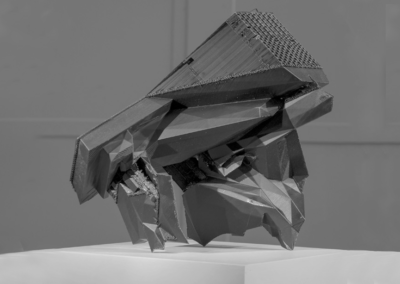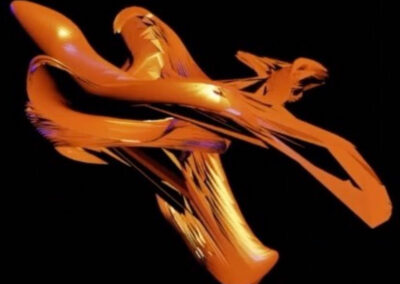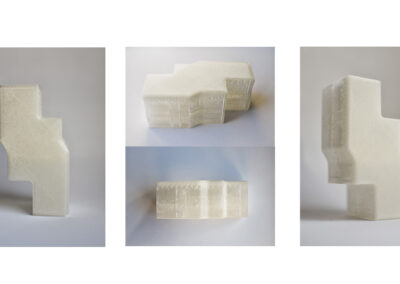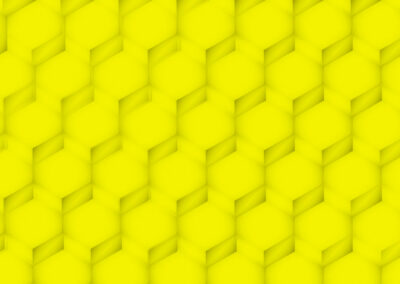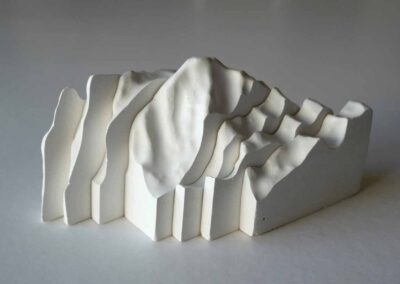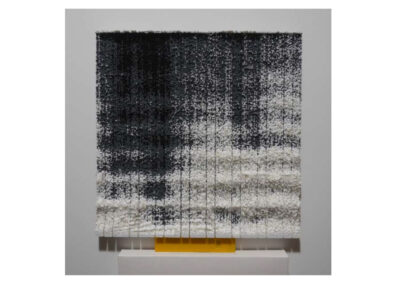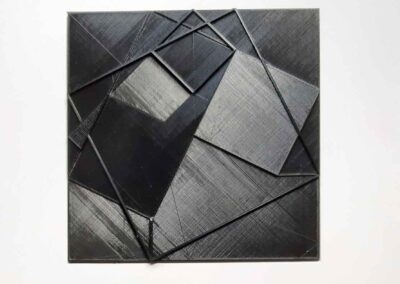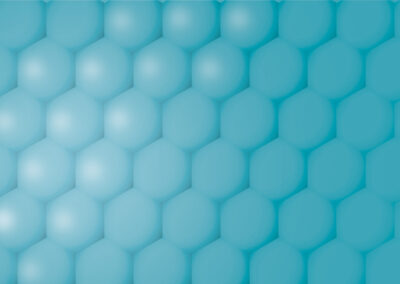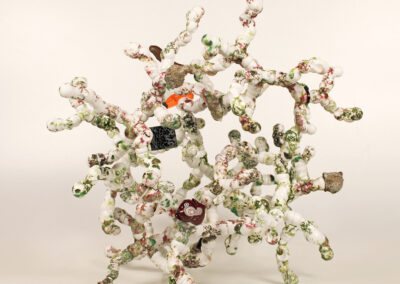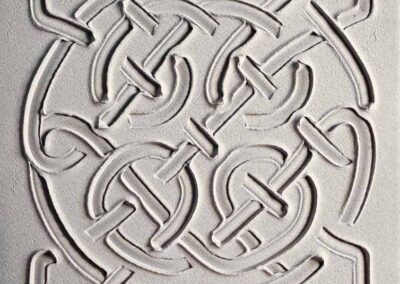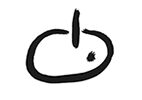Jego Magnificencja
Rektor Akademii Sztuk Pięknych im. Eugeniusza Gepperta we Wrocławiu
prof. dr hab. Wojciech PUKOCZ objął konferencję honorowym patronatem.
His Magnificence
Rector of the Eugeniusz Geppert Academy of Art and Design
Full Professor Wojciech PUKOCZ took the honorary patronage of the conference.
Spotkanie w aplikacji Microsoft Teams. Dołącz na komputerze lub w aplikacji dla urządzeń przenośnych
Microsoft Teams meeting. Join on a computer or in a mobile app
⇓⇓⇓
26 kwietnia 2022 (wtorek), 9:00–19:00 | 26 of April, 2022 (Tuesday), 9 a.m–7 p.m
godziny wg czasu w Warszawie (UTC/GMT + 2 godz.) | the hours are based on the Warsaw time (UTC/GMT + 2 hours)
IDEA
[PL] Sztukę i naukę można postrzegać jako uzupełniające się metody interpretacji świata, które w relacjach wzajemnych także mogą być narzędziem poznawczym. Działania artystyczne na styku różnych dyscyplin naukowych i często we współpracy z przedstawicielami nauk technicznych, przyrodniczych, społecznych czy humanistycznych, dotykają problemów
związanych z wyzwaniami współczesnej cywilizacji. Sztuka współczesna często ma charakter mediacyjny, pomiędzy eksperymentem naukowym, doświadczeniem generowanym nowymi technologiami a społecznym odbiorem i adaptacją. Twórcze użycie mediów technicznych, kiedy mamy do czynienia z procesem artystycznym o charakterze badawczym, ma wpływ na poszerzanie granic percepcji, doświadczenia i wiedzy człowieka.
Punktem wyjścia do rozważań w trakcie konferencji jest coraz szersze stosowanie technologii druku 3D w praktyce artystycznej. Twórcy błyskawicznie adaptują kolejne możliwości stosując je wprost lub modyfikując narzędzie, wówczas polem eksperymentu może być zarówno maszyna, materia, jak i oprogramowanie. Po technologię druku 3D sięgają artyści wywodzący się z różnych dziedzin sztuk plastycznych. Często metoda ta, twórczo wykorzystana przez artystę, bywa najlepszym rozwiązaniem w projektach badawczo-naukowych, o istotnym znaczeniu praktycznym.
Jednym z aspektów związanych z cyfrowym zapisem dzieła jest jego autentyczność oraz niepodważalne przypisanie praw autorskich twórcy przy równoczesnej możliwości dostępu do dzieła w sieci internetowej, jego wystawiania i kolekcjonowania w formie cyfrowej lub – po wydrukowaniu – w formie analogowej. Podobnej jednoznaczności wymagają prawa majątkowe.
Możliwość zatrzymania procesu powstawania dzieła na etapie cyfrowym, bez wpływu na ewentualny efekt analogowy, gdyż dzieło może, ale nie musi zaistnieć zmaterializowane, ma olbrzymie znaczenie w kontekście ekologicznego podejścia do tworzenia i obiegu sztuki, ma także wymiar etyczny. Aspekt produkcji i nadprodukcji jest też coraz częściej podejmowany w środowiskach specjalistów zajmujących się sztuką współczesną.
[ENG] Art and science can be seen as complementary methods of interpreting the world, and in their mutual relations they can also serve as a cognitive tool. Artistic pursuits at the crossroads of various scientific disciplines, and often in cooperation with representatives of technical, natural, social and human sciences, touch upon problems related to the challenges of modern civilization. Contemporary art often has a mediating character – between scientific investigation, an experiment generated by new technologies, and social reception and adaptation. Creative use of technical media, when dealing with an artistic process of investigative nature, has an impact on expanding the boundaries of human perception, experience, and knowledge.
The starting point for this conference’s considerations is the growing use of 3D printing technology in artistic practice. Artists quickly adapt the newly emerging possibilities by using them directly or by modifying the tool – then, the field of the experiment can lie in either machine, or matter, or software. Artists from various fields of fine arts resort to 3D printing technology. Oftentimes this very method, creatively used by the artist, is the best solution in research projects of significant practical importance.
One of the aspects related to the digital recording of a work is its authenticity and unambiguous attribution of the author’s copyrights, coupled with the possibility of accessing the work on the Internet, displaying and collecting it in either the digital format or, after printing, in the analogue format. Property rights require similar unambiguity. The option of ending the process of the work’s creation at the digital stage, without affecting the potential analogue effect (because, ultimately, the work may or may not be materialized) is of great importance in the context of an ecological approach to the creation and circulation of art, and it also has an ethical dimension. The aspect of production and overproduction is also increasingly discussed in the circles of experts dealing with contemporary art.
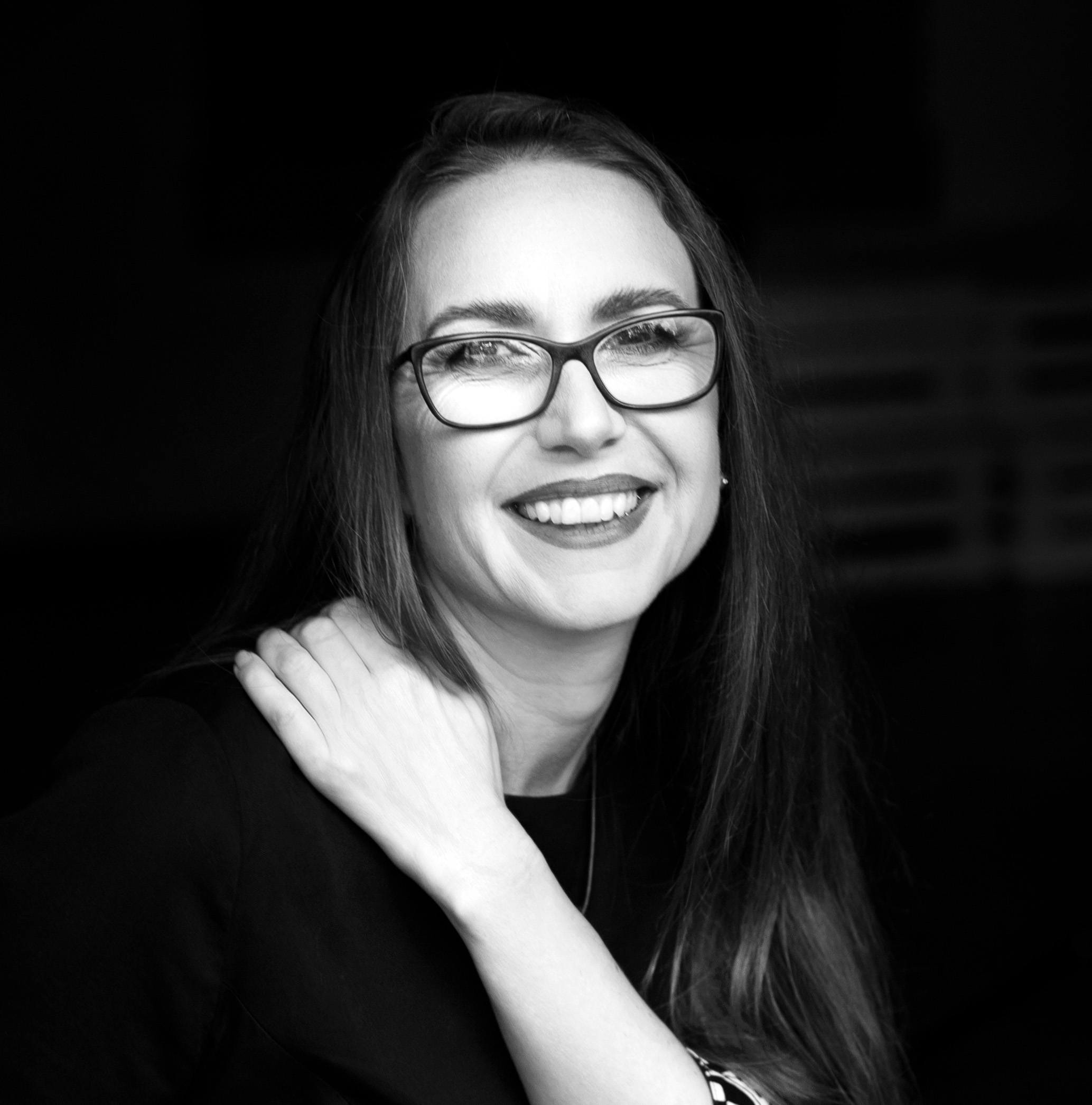
dr | PhD (Fine Arts) Monika ALEKSANDROWICZ
KOMITET ORGANIZACYJNY | ORGANIZING COMMITTEE
Akademia Sztuk Pięknych in. Eugeniusza Gepperta we Wrocławiu, Wydział Rzeźby i Mediacji Sztuki, Katedra Mediacji | The Eugeniusz Geppert Academy of Art and Design in Wroclaw, Faculty of Sculpture and Art Mediation, Department of Art Mediation Kierownik Katedry Mediacji Sztuki | Head of the Department of the Art Mediation
A graduate of the Faculty of Painting at the Academy of Fine Arts in Wrocław (1999) and Philosophy at the Faculty of Social Sciences of the University of Wrocław (2001). Monika Aleksandrowicz’s artistic output includes over 60 collective exhibitions, symposia devoted to conceptual art and individual exhibitions that were organized and presented in the country and abroad.
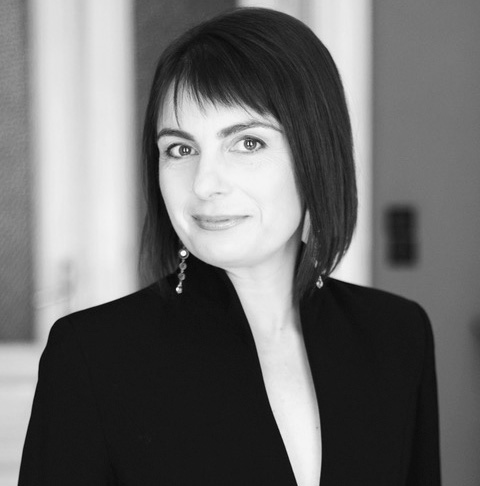
dr hab. | PhD (Fine Arts) Hab. Małgorzata KACZMARSKA
KOMITET ORGANIZACYJNY | ORGANIZING COMMITTEE
Akademia Sztuk Pięknych in. Eugeniusza Gepperta we Wrocławiu, Wydział Rzeźby i Mediacji Sztuki, Katedra Mediacji | The Eugeniusz Geppert Academy of Art and Design in Wroclaw, Faculty of Sculpture and Art Mediation, Department of Art Mediation
Artystka wizualna, badaczka i kuratorka. Ukończyła z wyróżnieniem Wydział Malarstwa Akademii Sztuk Pięknych w Krakowie. Prowadzi badania procesu twórczego i kontekstu przestrzennego dzieła sztuki. | Visual artist, researcher and curator. She graduated with honors from the Faculty of Painting at the Academy of Fine Arts in Kraków. Conducts research on the creative process and the spatial context of a work of art.


